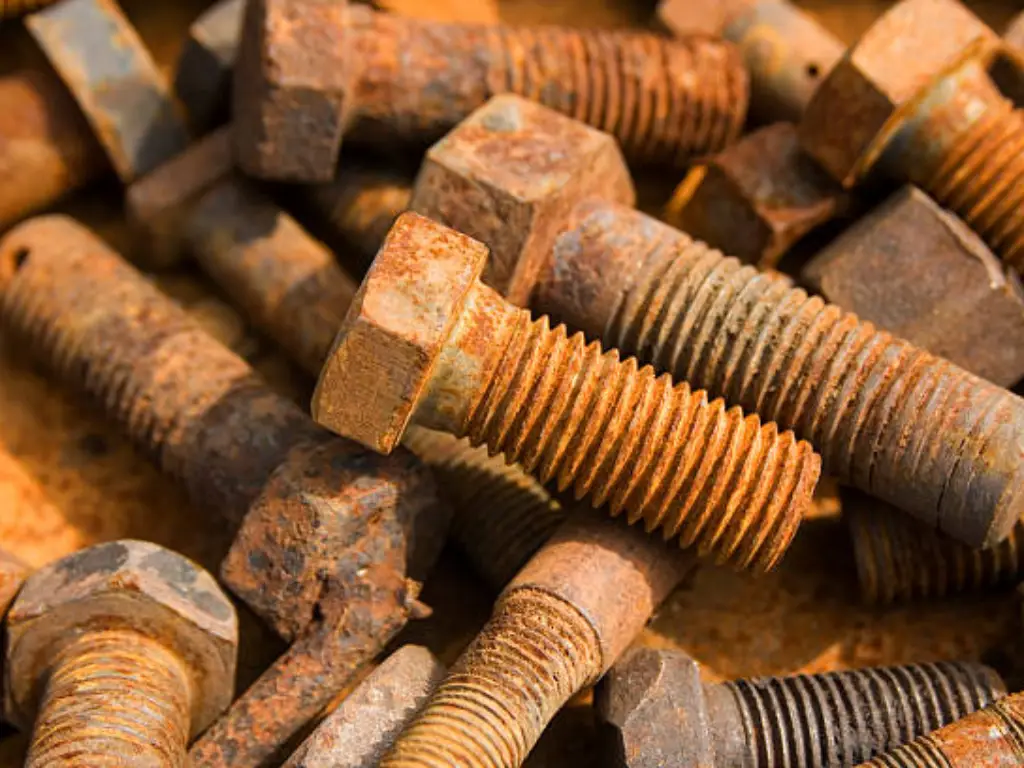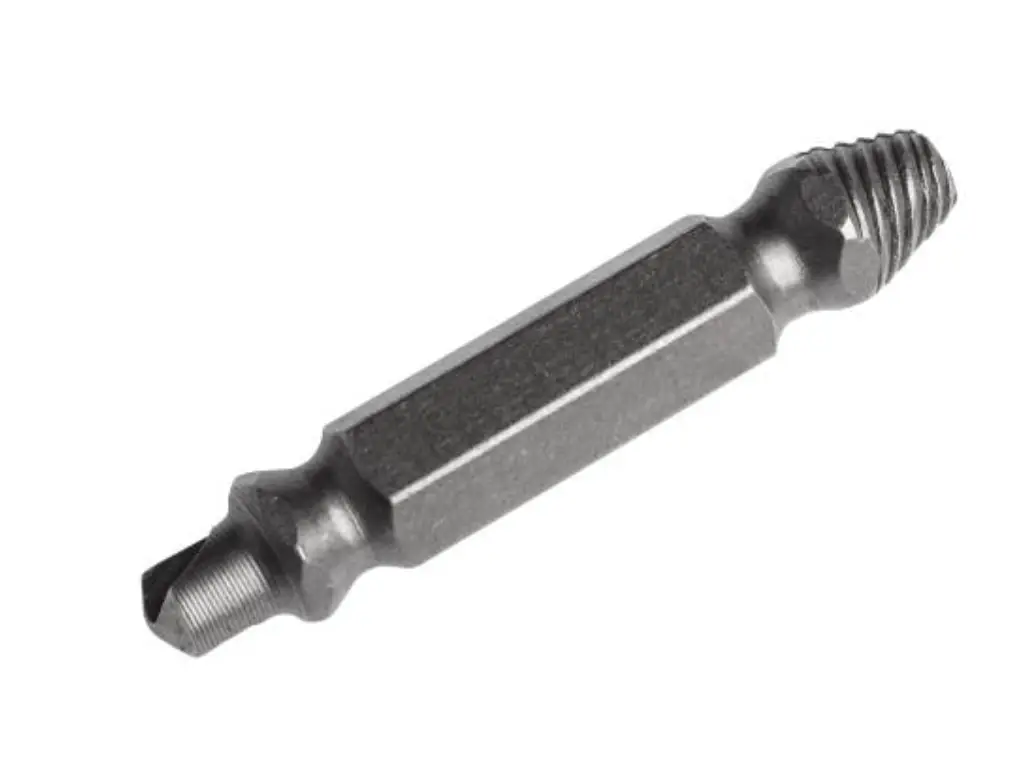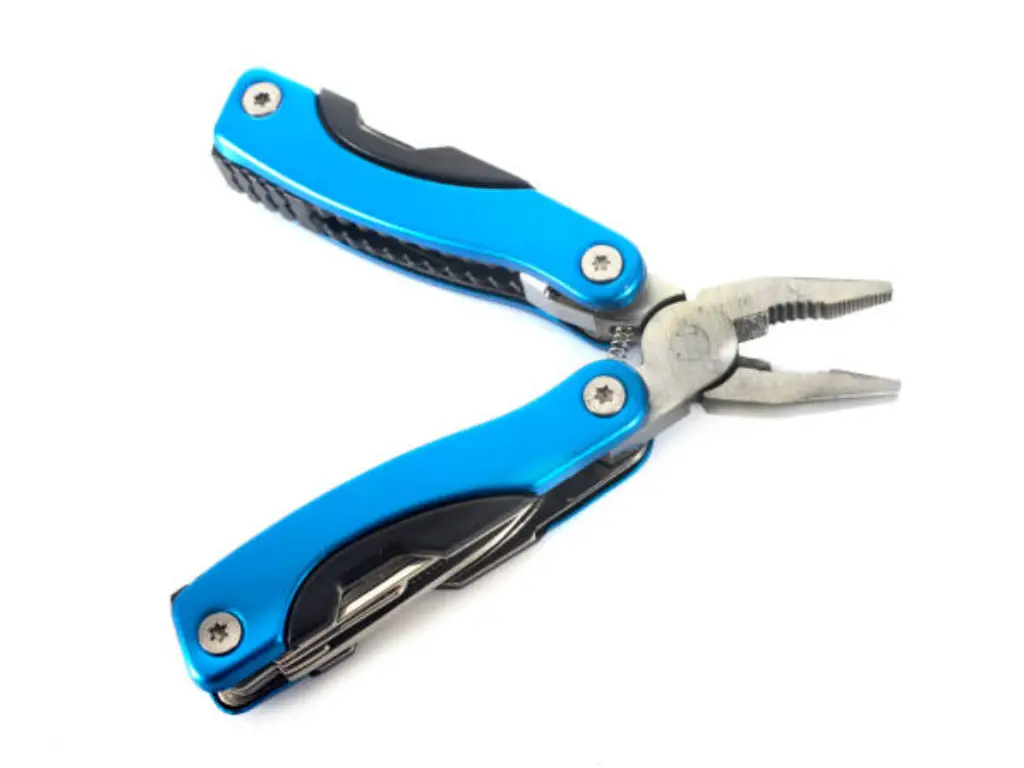Introduction to Removing Rusted Screws
Removing rusted screws can often be a vexing obstacle in the course of home repairs or car maintenance. It does not matter if it is an old fitting in the toilet room or a stubborn nut on your engine bay; how to remove rusted screws remains an issue that comes up every time. This process needs patience and the right approach so as not to damage nearby parts. Usual problems here include stripped heads and screws that have bonded with their substrate due to corrosion, thus requiring special methods and tools.
This guide explores five effective approaches for tackling this frustrating problem, ensuring you can progress with your task with minimum botheration. We will cover essential tools and techniques ranging from easy manual tricks to highly sophisticated handlings using customized devices. Each method serves different purposes for dealing with rusty screws which might come across your way; thus giving you a complete kit for whatever rust related difficulties you may face.
Essential Tools for Removing Rusted Screws

To deal with screws that have rusted, it is important to start by gathering the necessary tools. Here are some of these items and how they are used:
| Tool Type | Name | Description |
| Penetrating Oils | PB Blaster, WD-40 | Used to loosen the effects of rust. Apply directly to the rusty screw and wait for several minutes for penetration. |
| Screwdrivers | Flathead, Phillips | Select a screwdriver that fits the screw head properly to prevent slipping or stripping. |
| Pliers and Vice Grips | – | Useful when a screwdriver alone cannot move a stubbornly fixed bolt, especially if the top of a screw is damaged or protrudes enough for manual gripping. |
| Screw Extractor Kit | – | Necessary for extracting screws with stripped heads or those that refuse other removal methods. Drill a pilot hole into the top of the screw, then use an extractor tool to pull it out. |
| Small Torch | – | Heats up metal, causing it to expand and thereby simplifying the removal process. Particularly useful for dealing with stuck screws in automotive parts, plumbing fixtures, etc. |
| Hammer | – | Used for light tapping around a rusty fastener, which helps the penetrant penetrate deeper into the rust and facilitates easier turning afterward. |
| Drill with Various Sized Bits | – | Required for creating new grooves in stripped screws or pre-drilling holes for extractors, thus providing a new ‘grip’ surface to twist out the fasteners. |
Every tool has its place in getting rid of screws from their places; besides guaranteeing that no further destruction takes place as long as one uses high quality equipment. Starting from less invasive methods progressing towards more drastic approaches, provided simple steps do not work is the most advisable in all such cases. It’s done this way because it ensures that the screw is removed without causing extra harm to its surroundings.
Method 1: Lubrication and Hammer Technique
One of the first things to do when you encounter rusted screws is applying a lubricant and lightly tapping. Apply lots of penetrating oil, such as Liquid Wrench and PB Blaster on the rusted screw directly. Leave it for several minutes or even hours if necessary. After that, gently give the screw’s head few taps with a hammer so as to make penetrants enter into threads deeply thus loosening the rust.
Lastly, try turning the screw slowly using a well-fitting driver. By this point, tapping combined with lubrication will have loosened its hold on the threads thereby enabling you to unscrew it by exerting less force on it. This technique works well for not too rusty screws and can often be tried before other aggressive alternatives are considered.
Method 2: Using a Screw Extractor

The essentiality of a screw extractor is to have screws resist initial removal efforts. In this process, you first drill a small hole in the head of the jammed screw. Make sure that you choose a drill bit slightly smaller than the shank of your screw so as not to damage the surrounding material. One such hole has been drilled, insert into it an extraction tool and twist it anti-clockwise direction. On turning it, this extractor tightens its hold as its reverse thread engages inside the drilled hole and eventually starts unscrewing from the substance, rusted screw.
Screw extractors are particularly useful for screws whose heads are stripped or which are buried deep within materials. Remember one thing; be patient with them by using constant pressure and allow the extractor to bear most of the load rather than breaking off more pieces of the already damaged screw.
Method 3: Grooving Stripped Screws
In case of a stripped or worn screw head, starting a new groove is one of the most effective ways to solve this. Use a rotary tool fitted with a cutting disk and cautiously cut another flat-head groove at the top of the screw. This novel channel offers an opportunity for using a flathead driver to unscrew it. When cutting it, it is important that you do it in such a way that will leave no dirt thus ensuring maximum grip by the screwdriver.
After making a new crease, redo the penetrant application; then allow enough time before attempting to unscrew. Combined with mechanical alteration and chemical assistance, this method boosts chances to achieve success in extracting stripped or really rusted screws.
Method 4: Heat Application
In automotive and plumbing applications specifically where metal parts often get stuck because of high temperatures or external elements; the application of heat is an effective method to loosen rusted screws. At first, take a small butane torch or use a heat gun then carefully apply around the head of the screw and immediate area. It makes sense to introduce some heat since it can simply cause a swelled metal that contracts as it cools sometimes breaking the rust seal.
Remember to be safe when using heat. Make sure you have a fire extinguisher and that there are no inflammable materials close your working space. Wait for screws to cool down slightly before attempting removal once heated. This technique is often considered only after all other options have been exhausted due to its inherent hazards and the need for precise application of heat involved.
Method 5: Plier Removal

One can make use of a pair of pliers to deal with either partially exposed head of or one that is completely broken off a corroded screw. In this method, grasping the part of the screw that has been uncovered using vises grips or pliers and slowly turn it in one direction then to the other. This will help in weakening corrosion attaching the nail.
For screws whose heads are cut off entirely, one may have to drill a tiny hole within its shaft and then grip it at this hole with pliers, alternatively use a screw extractor as described in Method 2. Vice grips are particularly handy when there’s enough real material from which any object is made and not worrying about damaging it after removing.
Safety Precautions When Removing Rusted Screws
When removing rusted screws, it’s essential to prioritize safety to protect yourself and your workspace. Here are some critical guidelines to follow:
- Wear Protective Gear: Always use protective gloves and safety glasses. These items shield you from potential hazards like flying debris and sharp edges, which are common when dealing with rusted or damaged screws.
- Stabilize Your Workspace: Ensure that your working area is stable and well-lit. A secure environment prevents accidents, while good lighting helps you see what you’re doing, reducing the risk of mistakes.
- Handle Tools with Caution: Power tools and heat sources can be dangerous. Handle these tools with extra care and always follow the manufacturer’s safety instructions to avoid accidents.
- Use Chemicals Safely: When using chemical products like rust penetrants, make sure to follow all safety instructions provided by the manufacturer. Work in a well-ventilated area to avoid inhaling harmful fumes.
- Consider Professional Help: If you encounter a screw that’s particularly difficult to remove and it’s part of a critical structure—like in automotive or construction settings—it may be safer and more efficient to seek help from a professional. This can prevent damage to crucial components and ensure the job is done safely.
By adhering to these safety precautions, you can effectively and safely remove rusted screws without compromising your safety or damaging your project.
Tips for Preventing Rust on Screws in the Future
To prevent any possibilities of rusting on screws, it is important for you to consider the future and make sure you don’t ruin your work. Here are some measures that will help:
- Rust Inhibitors/Sealants: Especially in environments with moisture, these substances should be applied on screws. This layer serves as a barrier to stop water and air from causing rust.
- Regular Maintenance and Inspections: Always check for early signs of corrosion in screws as well as other metallic parts. Spotting rust at its earliest stage helps one avoid extreme destruction through precautionary measures.
- Stainless Steel or Coated Screws: Use screws that are made of stainless steel or have a protective coating. These components do not easily rust hence they can lengthen the life of screw fasteners.
- Control Environment Exposure: Wherever possible, keep your screws and other metal parts within dryness and under regulated conditions. Reducing its exposure to moist or wet weather conditions can significantly decrease chances of rusting.
- Apply Grease or Oil: Add a small amount of oil or grease to screws that are used in machines, this acts like a moisture barrier thereby avoiding corrosion.
- Proper Installation: The proper way to ensure that water does not get into crevices where it can lead to rusting is by tightening the screw properly and seeing it is flush with the surface.
You can avoid getting frustrated because of rusty screws if only you act beforehand. In case there is likelihood of moistening conditions, apply an inhibitor against rusts on the screw itself. By doing regular maintenance and checks, you can discern initial symptoms of oxidation thus taking precautions before extensive oxidization develops completely. It also helps greatly when using stainless steel materials or types which have been coated against rust infections.
Conclusion
Proper strategies and tools should be used to avoid causing damage while removing the screws that have rusted in. You can significantly simplify your maintenance tasks by using lubricants as well as develop more advanced methods like heat treatments and extraction tools through the above-mentioned means. Besides, regular inspections and use of rust inhibitors are among the preventive measures that are paramount to preserving validity and efficiency of projects.
About Maxave
More Than A Furniture Hardware Manufacturer
Your Sales Growth Specialist
Maxave is a global furniture hardware company that seeks to change your furniture hardware business with high-quality products and groundbreaking solutions. Maxave specializes in cabinet fittings with long-lasting properties resistant to corrosion thus prolonging your furniture’s usability as well as enhancing its appeal. When you choose Maxave, you buy hardware for lifetime investment needs thereby ensuring that your furniture becomes both beautiful and lasting.







